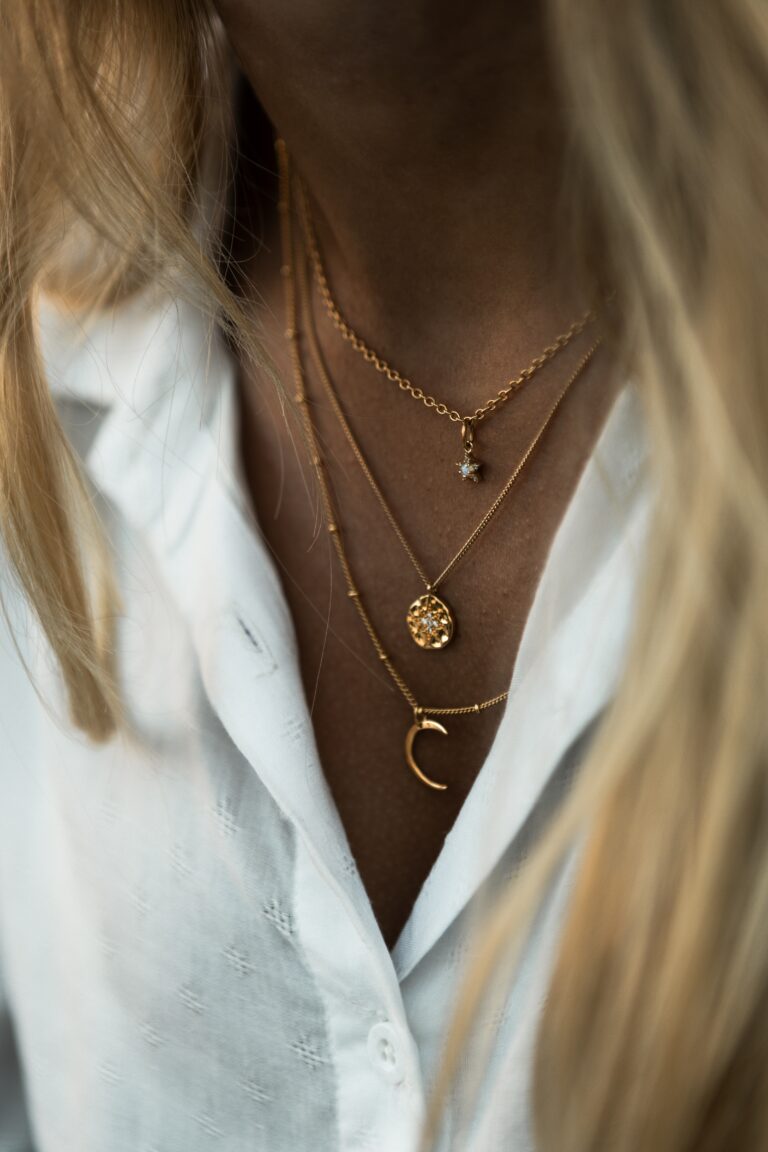Silver is a bright, lustrous metal that has a wide range of uses. It is often used in jewelry, coins, and as a conductor of electricity. However, did you know that there are different types of silver?
In this blog post, we will explore the different types of silver and their uses.
What are the different types of Silver
Sterling Silver
Sterling silver is an alloy of silver containing 92.5% by weight of silver and 7.5% by weight of other metals, usually copper. The sterling silver standard has a minimum millesimal fineness of 925. Sterling silver is the brightest of all the precious metals and it has the whitest color when comparing with platinum, palladium or white gold.
Fine Silver
Fine silver, also known as pure silver or 999 silver, is 99.9% by weight pure silver. It is much too soft to be used in jewelry or coins, so it is often reserved for electrical applications and high-end collector’s items. Fine silver can be difficult to find because it is not often used in commercial applications.
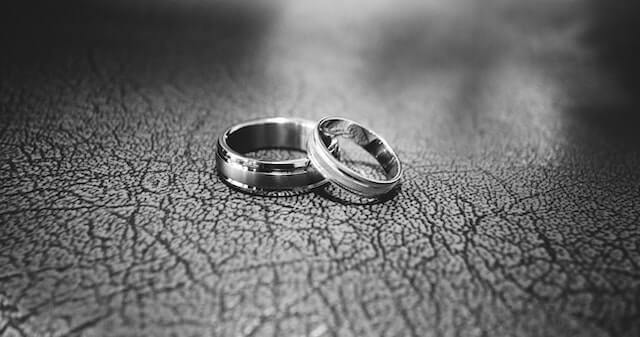
British Sterling Silver
British sterling silver is an alloy of 92.5% fine silver and 7.5% copper developed in England in the 12th century. Unlike American sterling silver, which contains no more than 10% non-silver content, British sterling silver can contain up to 25% non-silver content. This makes British sterling silver less expensive than fine silver but also more prone to tarnishing.
Argentium Sterling Silver
Argentium sterling silver is a type of sterling silver that contains a higher percentage of germanium instead of copper. The resulting alloy is more durable than traditional sterling silver, making it less likely to tarnish. Argentium sterling silver retains its bright white color longer than traditional sterling silver because germanium inhibits the formation of patina on the surface of the metal. This makes argentium sterling silver an ideal choice for people who want their jewelry to look like new for longer.
Nickel Silver in Jewelry
One of the most common uses for nickel silver is in jewelry production. This alloy is often used to make costume jewelry, as it is less expensive than sterling silver but still has a bright, lustrous finish. Nickel silver can also be used in the production of fine jewelry, although it is not as common for this purpose.
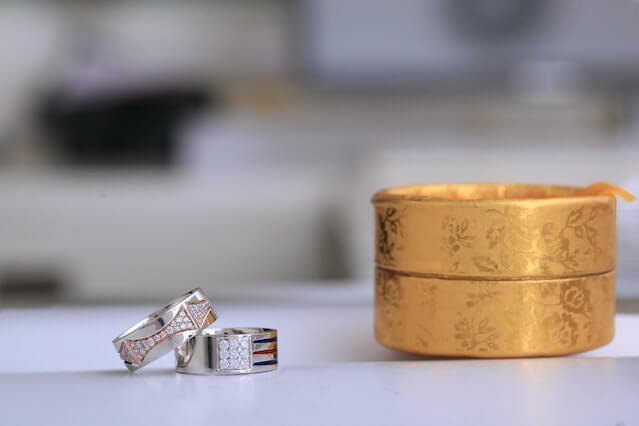
Which of the different types of silver is best for me?
Argentium Sterling Silver vs Traditional Sterling Silver
Argentium sterling silver is a type of sterling sliver that contains 92.5% pure sliver and 7.5% germanium. The addition of germanium makes argentium Sterling Sliver harder and more durable than traditional Sterling Sliver while retaining its bright white color for longer periods of time due its resistance to patina formation. If you’re looking for a type of Sterling Sliver that will keep your jewelry looking bright and shiny for longer periods of time, then Argentium Sterling Sliver is the way to go!
Nickel Silver vs Traditional Sterling Silver
Both nickel silver and traditional sterling silver have their own unique set of advantages and disadvantages. When deciding which type of silver is right for you, consider how you will be using it and what your budget is. If you need a durable metal that won’t tarnish quickly, then nickel silver may be the better choice. If you’re looking for a metal that can be easily worked with and has a bright white luster, then traditional sterling silver may be the better option for you.
Fine Silver vs Traditional Sterling Silver
One of the main benefits of sterling silver is that it is more affordable than fine silver. Sterling silver jewelry tends to be pricier than fashion jewelry made from other materials, but it is still cheaper than its pure silver counterpart. If you’re looking for affordable Silver Earrings or a Silver Pendant Necklace, traditional sterling silver is the way to go.
Additionally, sterling silver is stronger and more durable than fine silver, so it can withstand everyday wear and tear a lot better. For this reason, it is often used in making high-quality Silver Rings and Bracelets. To make sterling silver even more durable, it is often combined with other metals like copper.
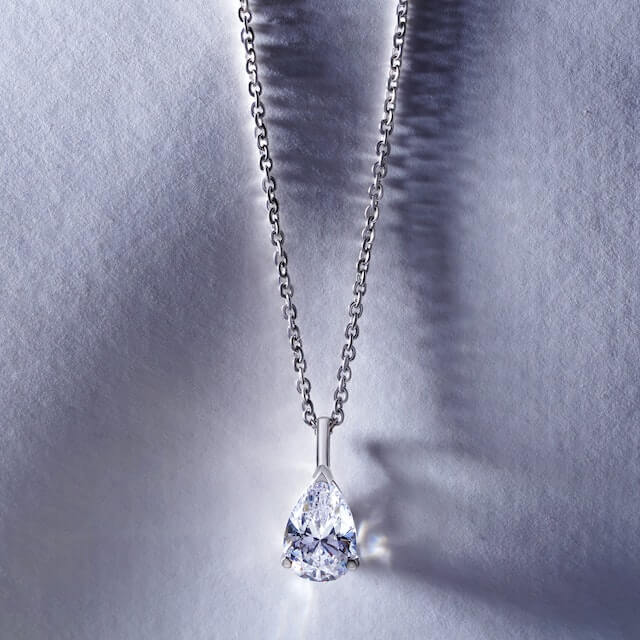
As the main two type of silver are Traditional Sterling Silver and Fine silver, let’s dive deeper into the comparison:
Composition
The first major difference between fine silver and traditional sterling silver is composition. Fine silver is made up of 99.9% pure silver, while traditional sterling silver only contains 92.5% pure silver. The remaining 7.5% of traditional sterling silver is typically composed of other metals like copper or zinc.
Color
Because fine silver is made up of 99.9% pure silver, it has a bright white color when newly minted. Over time, though, fine silver will develop a patina (a thin layer of tarnish) that can give it a yellowish hue. Traditional sterling silver, on the other hand, already has a small amount of copper in its composition. As a result, it has a warmer color tone than fine silver—and it will also develop a patina over time.
Cost
Given that fine silver contains more pure silver than traditional sterling silver does, it is typically more expensive—sometimes as much as twice the price. However, the extra cost is worth it for those who are looking for a higher-quality product. Traditional sterling silver may be less expensive upfront, but it is more likely to tarnish over time and will require more frequent polishing to keep it looking its best.
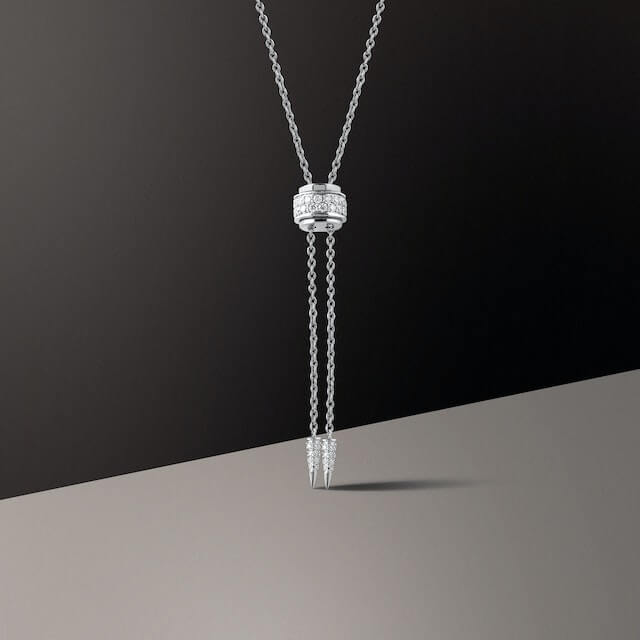
Fine Silver vs Sterling Silver: The Pros and Cons
Now that you know the basics of the types of silver, let’s take a closer look at the pros and cons of each.
Fine Silver:
- Pros: 99.9% pure silver; less likely to tarnish; beautiful patina over time
- Cons: needs to be alloyed with other metals for durability; more expensive than sterling silver
Sterling Silver:
- Pros: 92.5% pure silver; more durable than fine silver; affordable; can develop a beautiful patina over time
- Cons: Sterling silver can tarnish; not as pure as fine silver
So, which is better—fine silver or sterling silver? The answer really comes down to personal preference and budget. If you’re looking for a piece of jewelry that will last a lifetime and can stand up to daily wear, then sterling silver is probably your best bet. However, if you’re looking for something a little more luxurious or unique, then fine silver might be the way to go. No matter which type of silver you choose, you’ll end up with a beautiful piece of jewelry that you’ll cherish for years to come!


